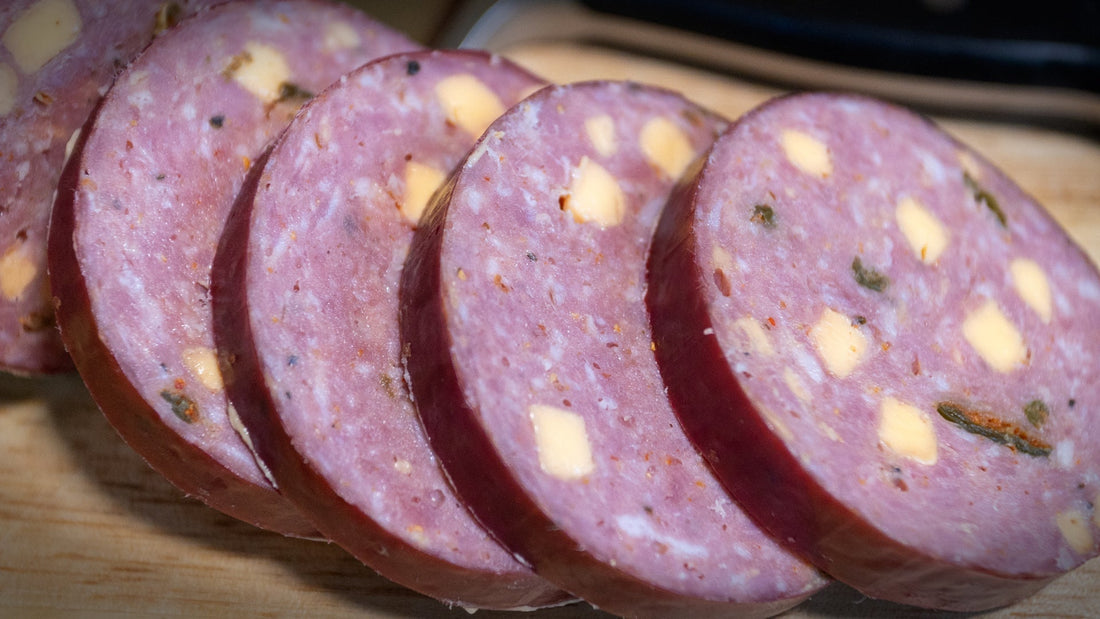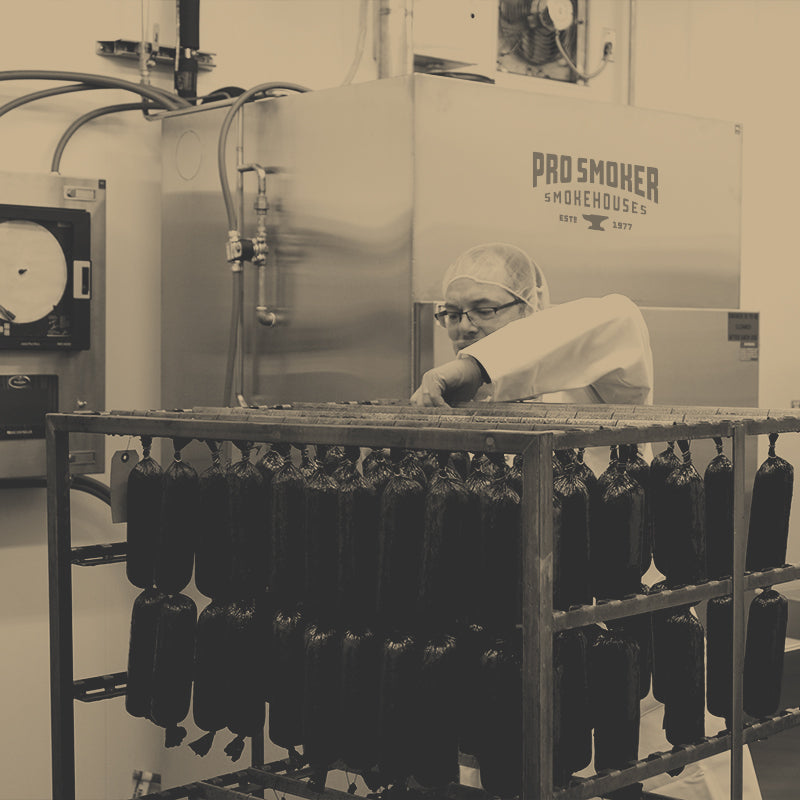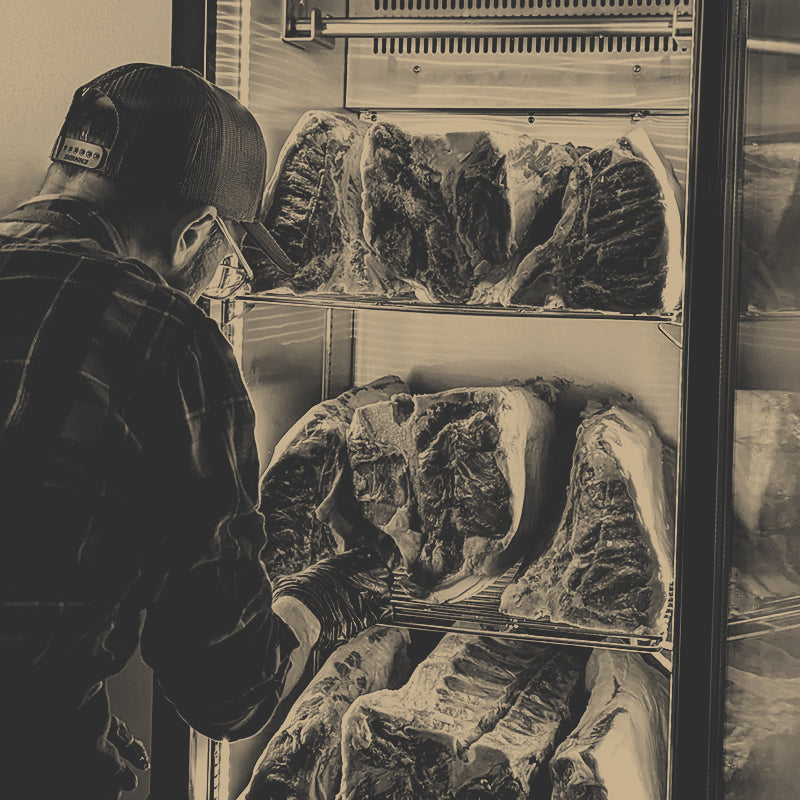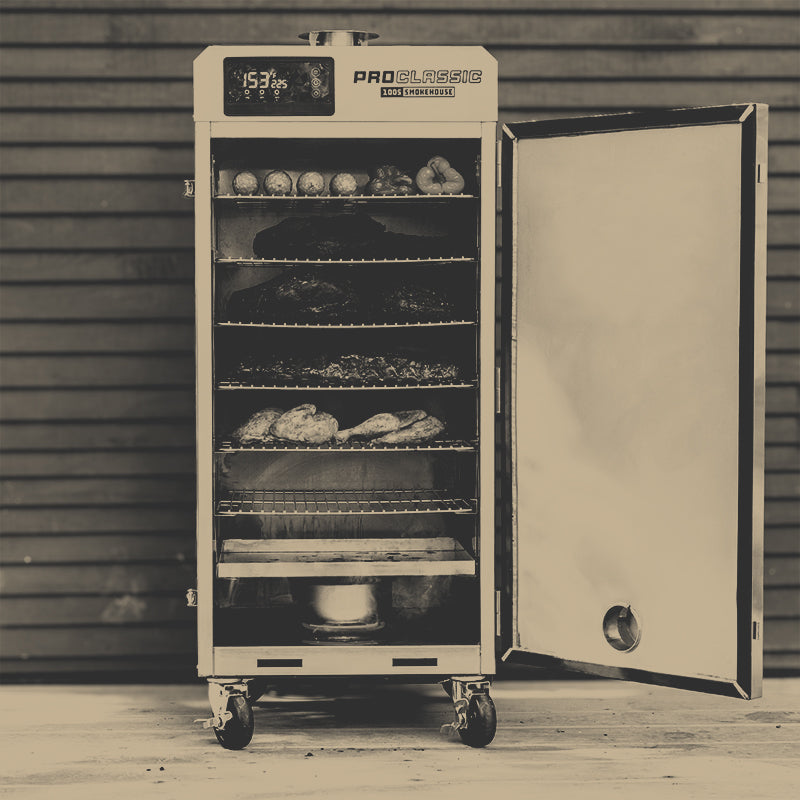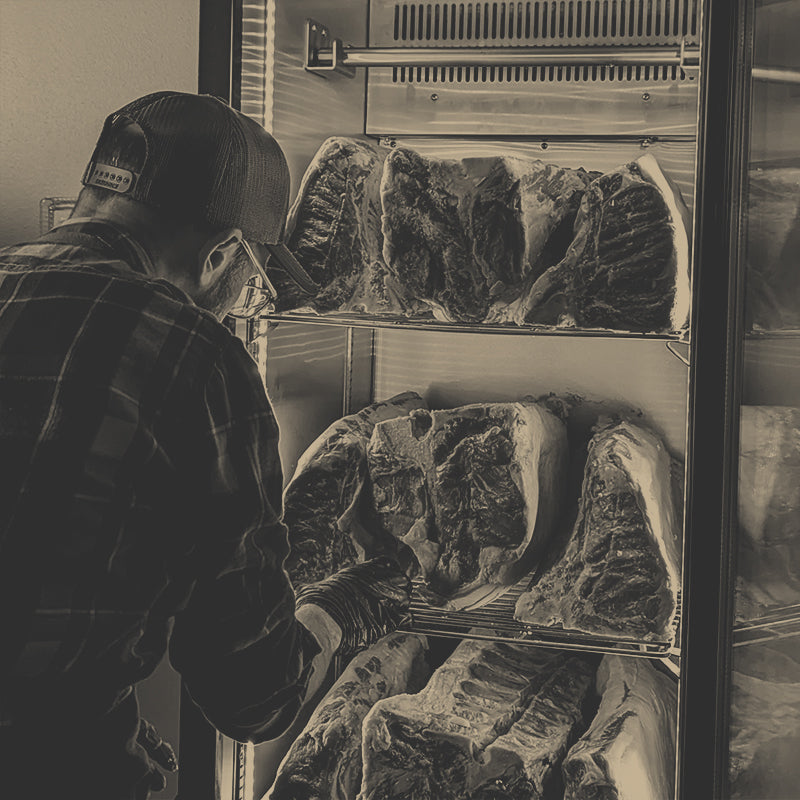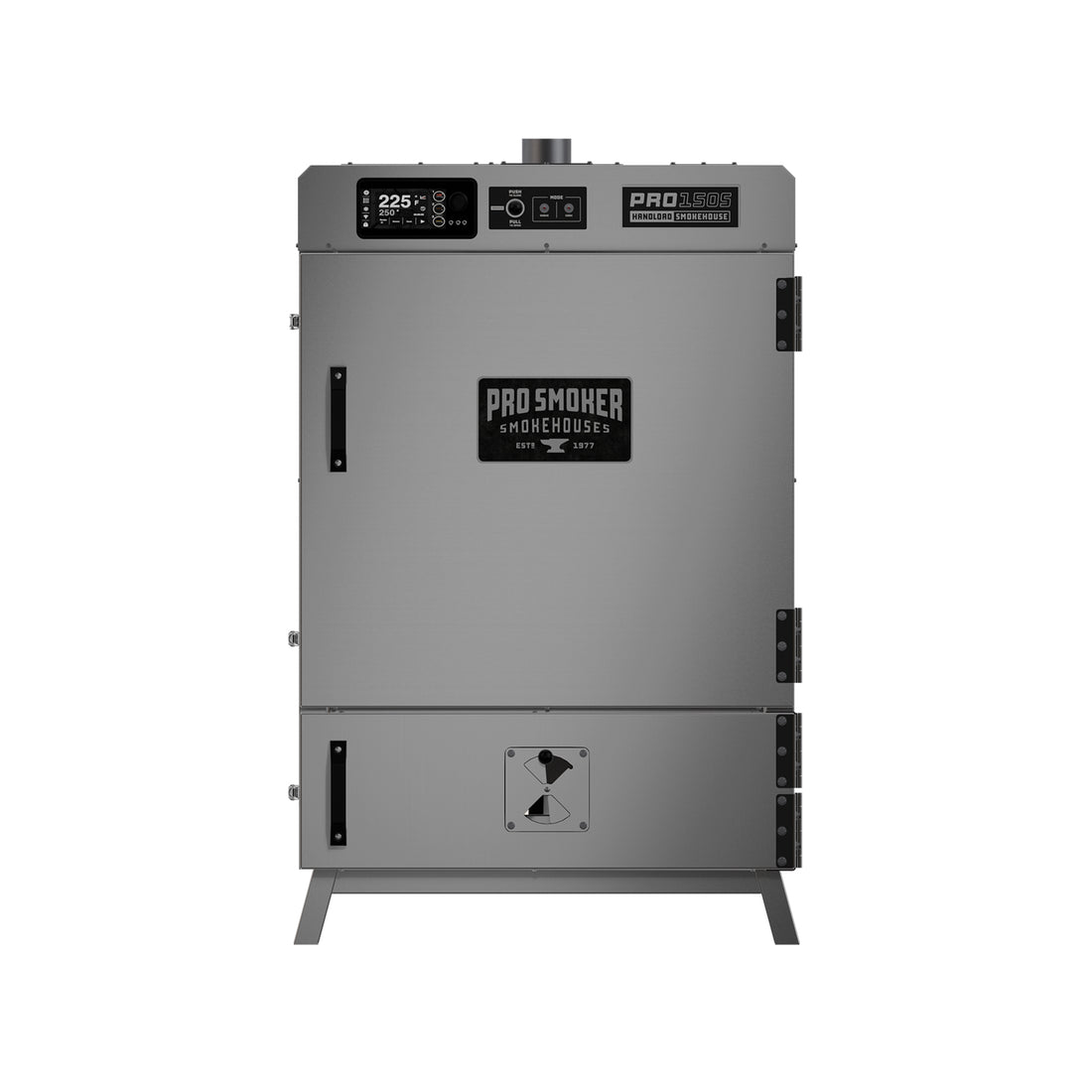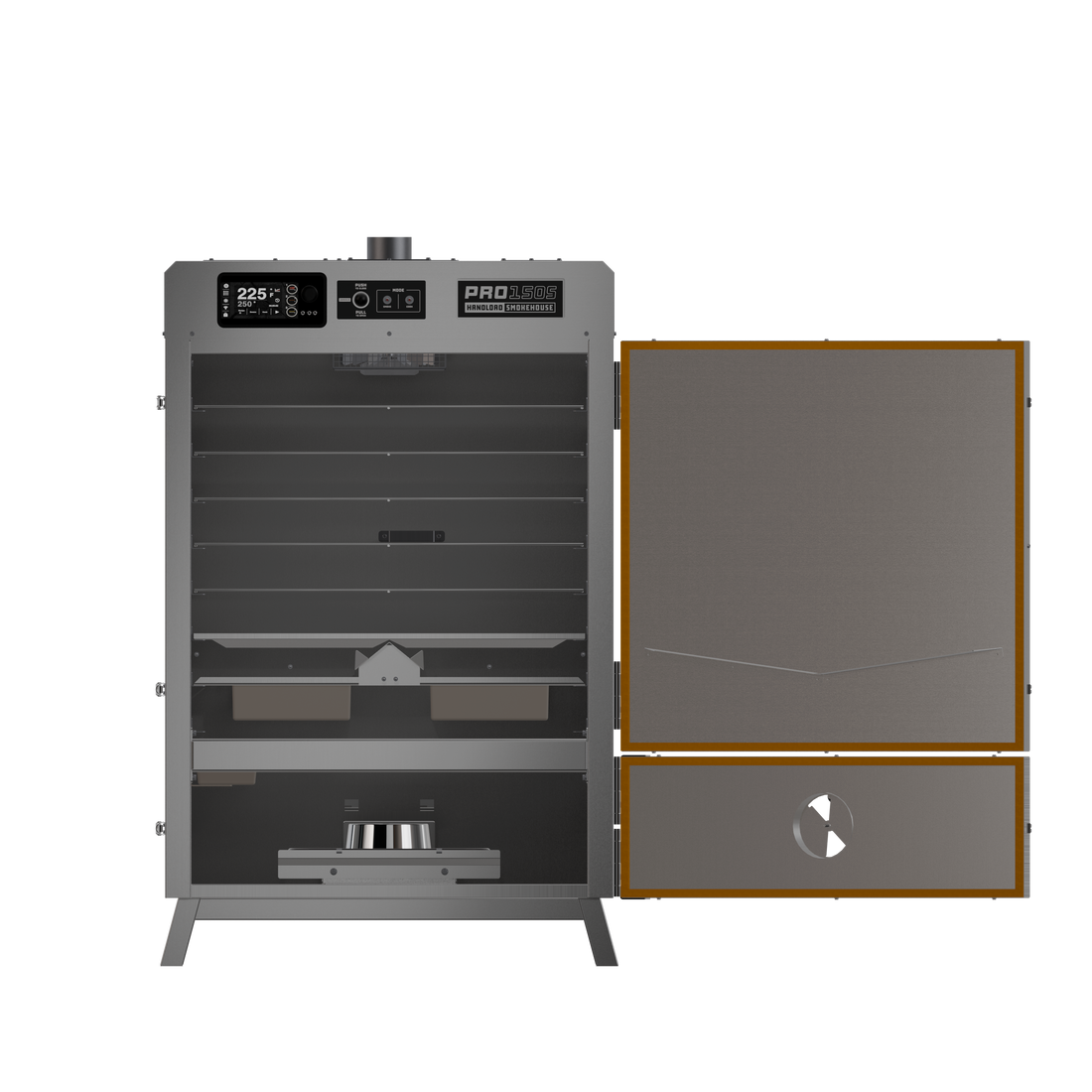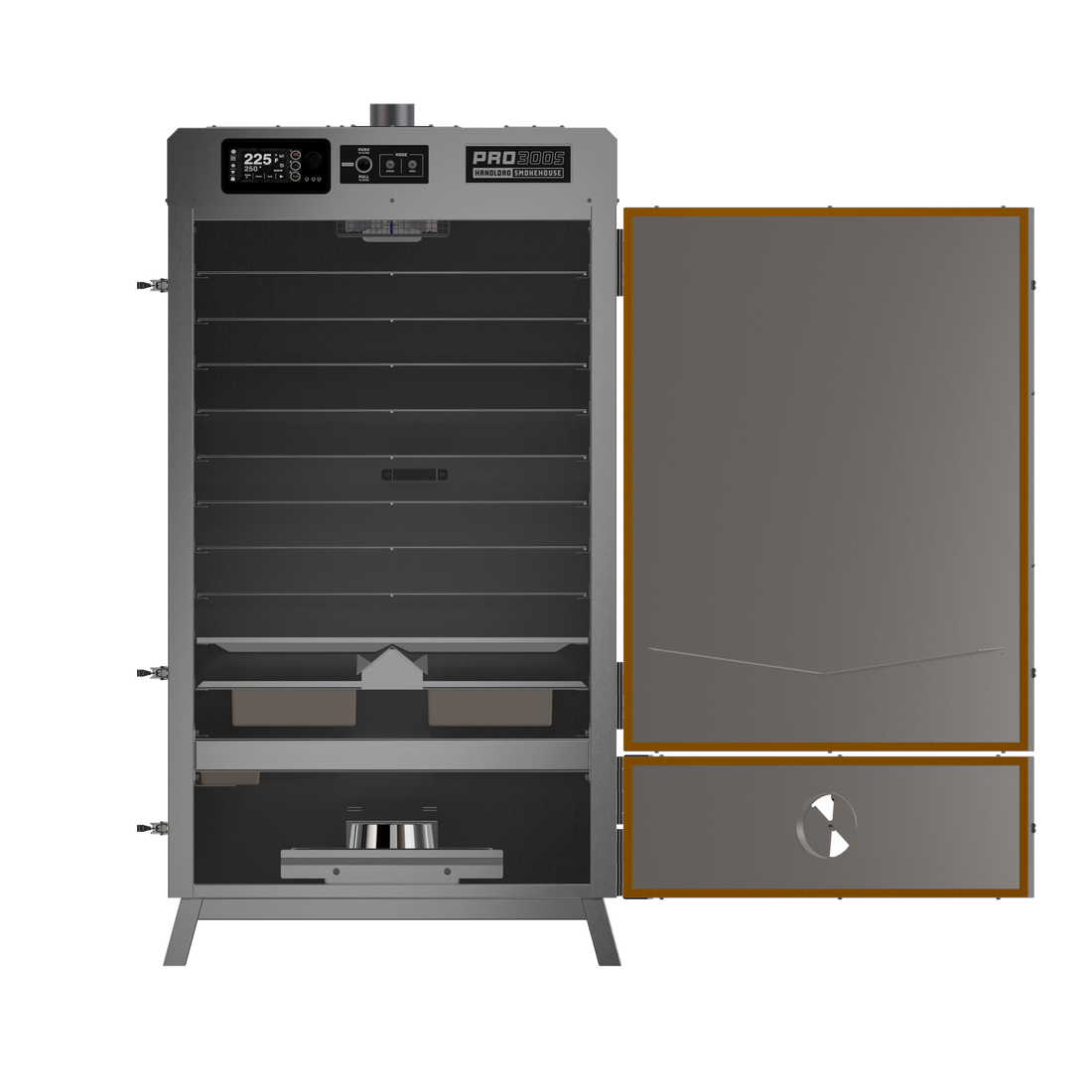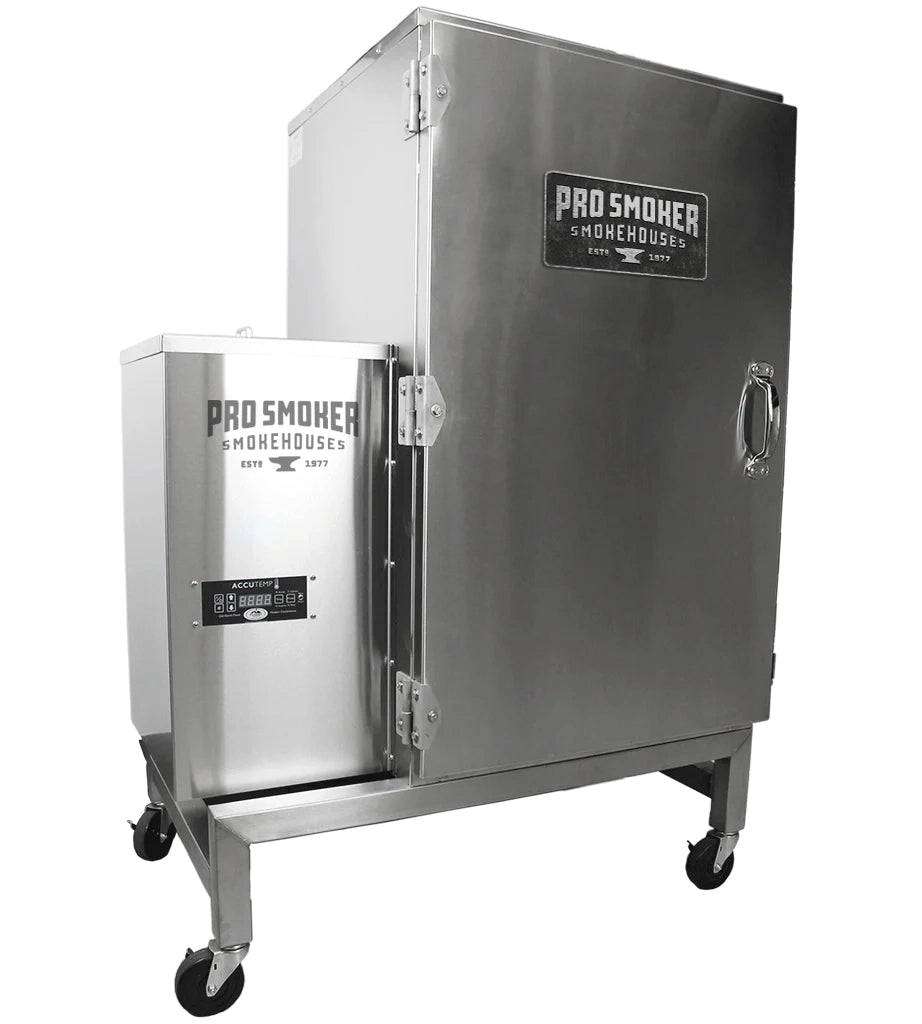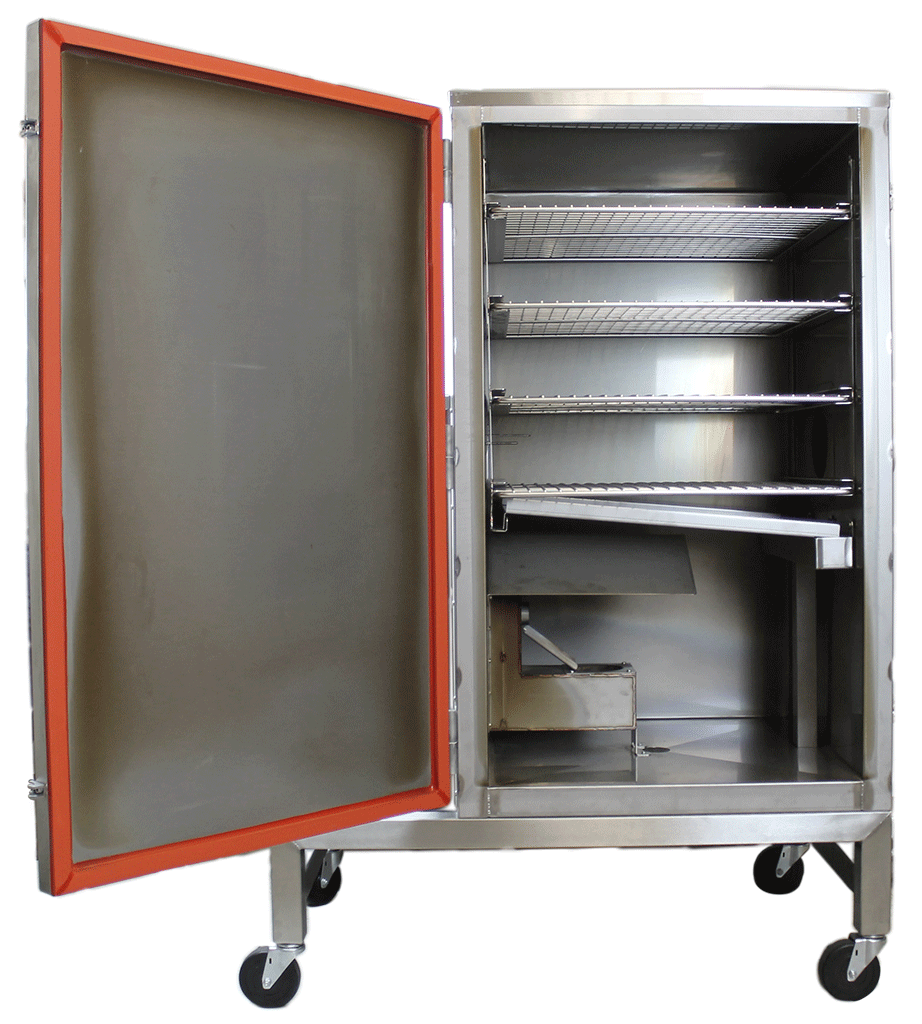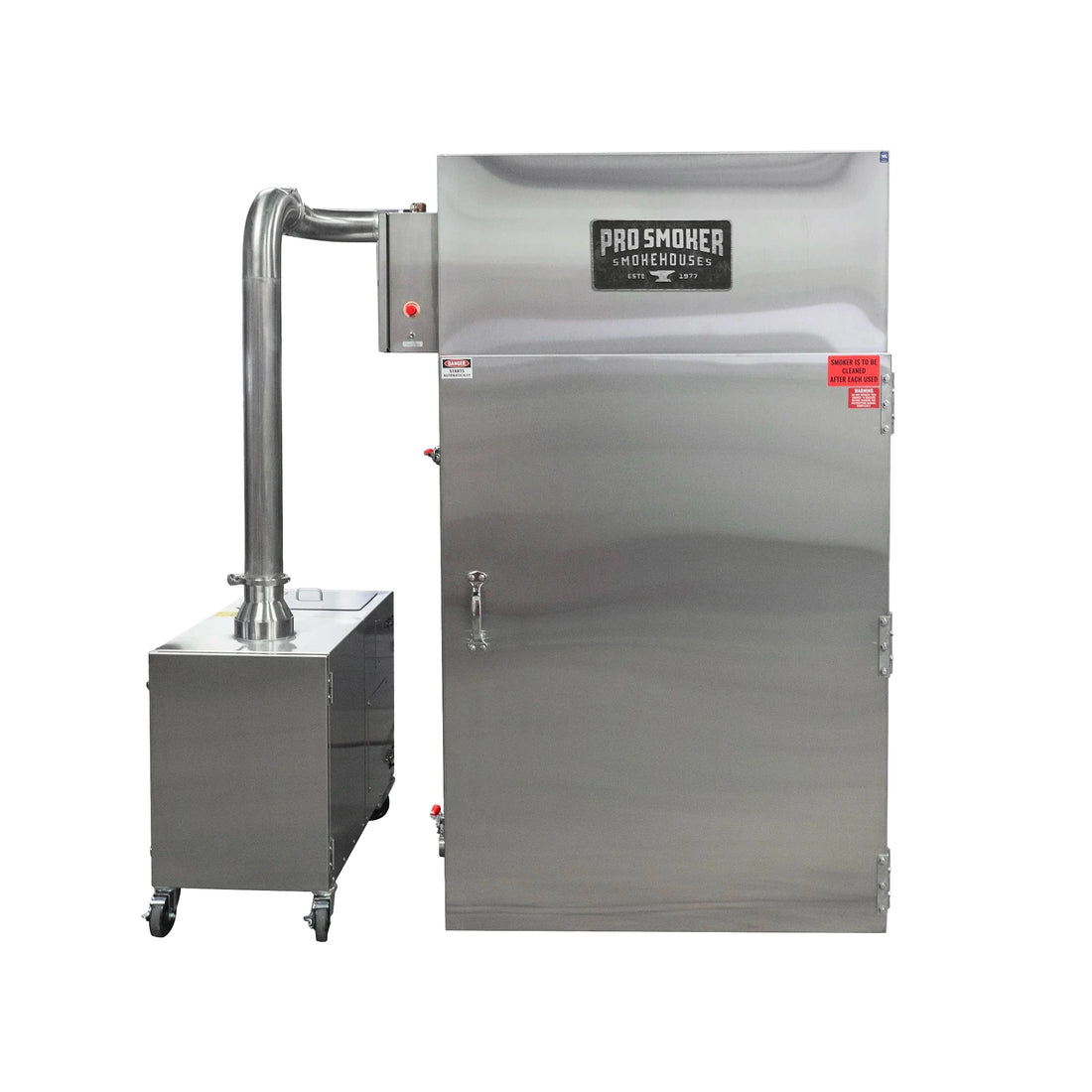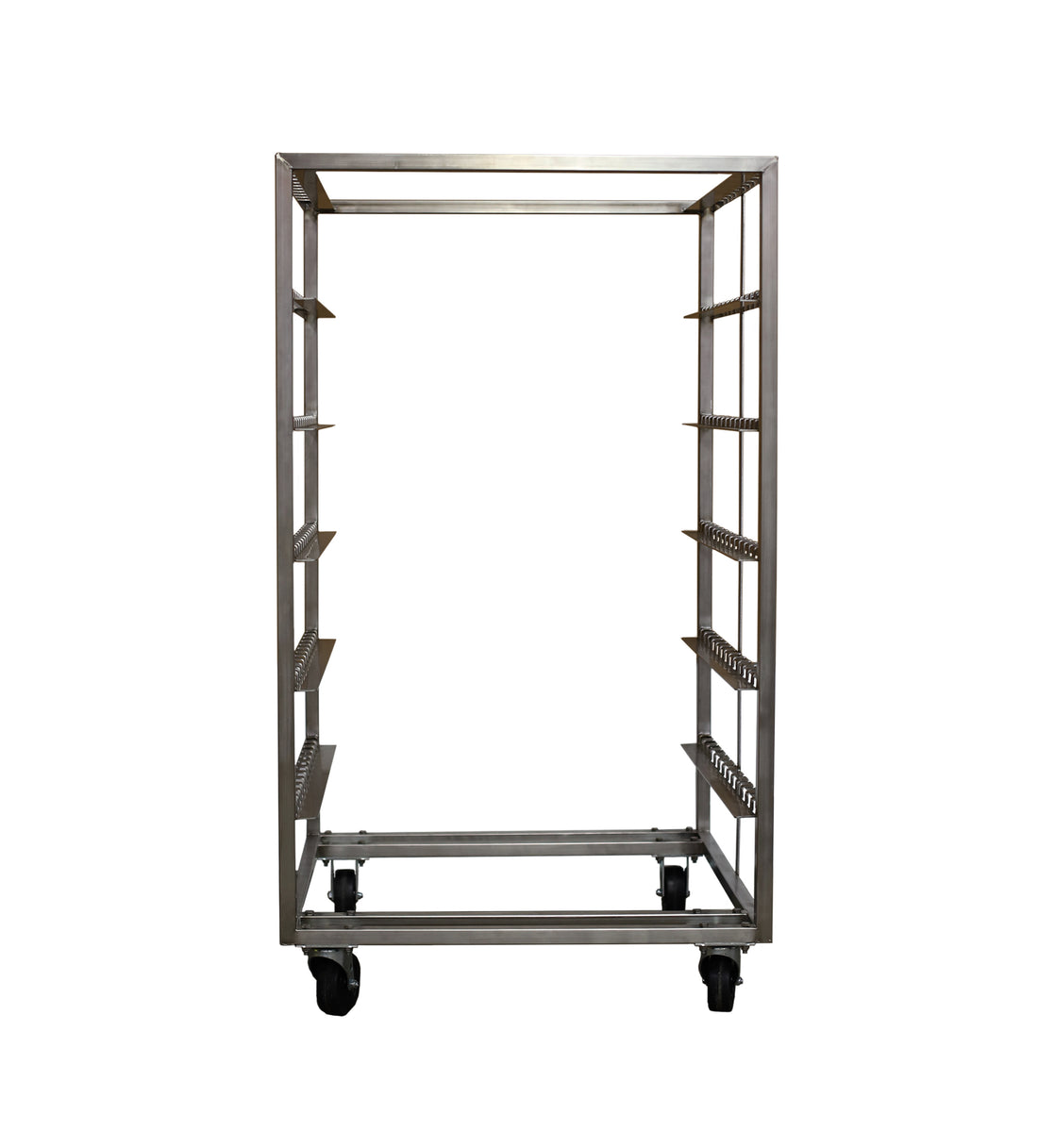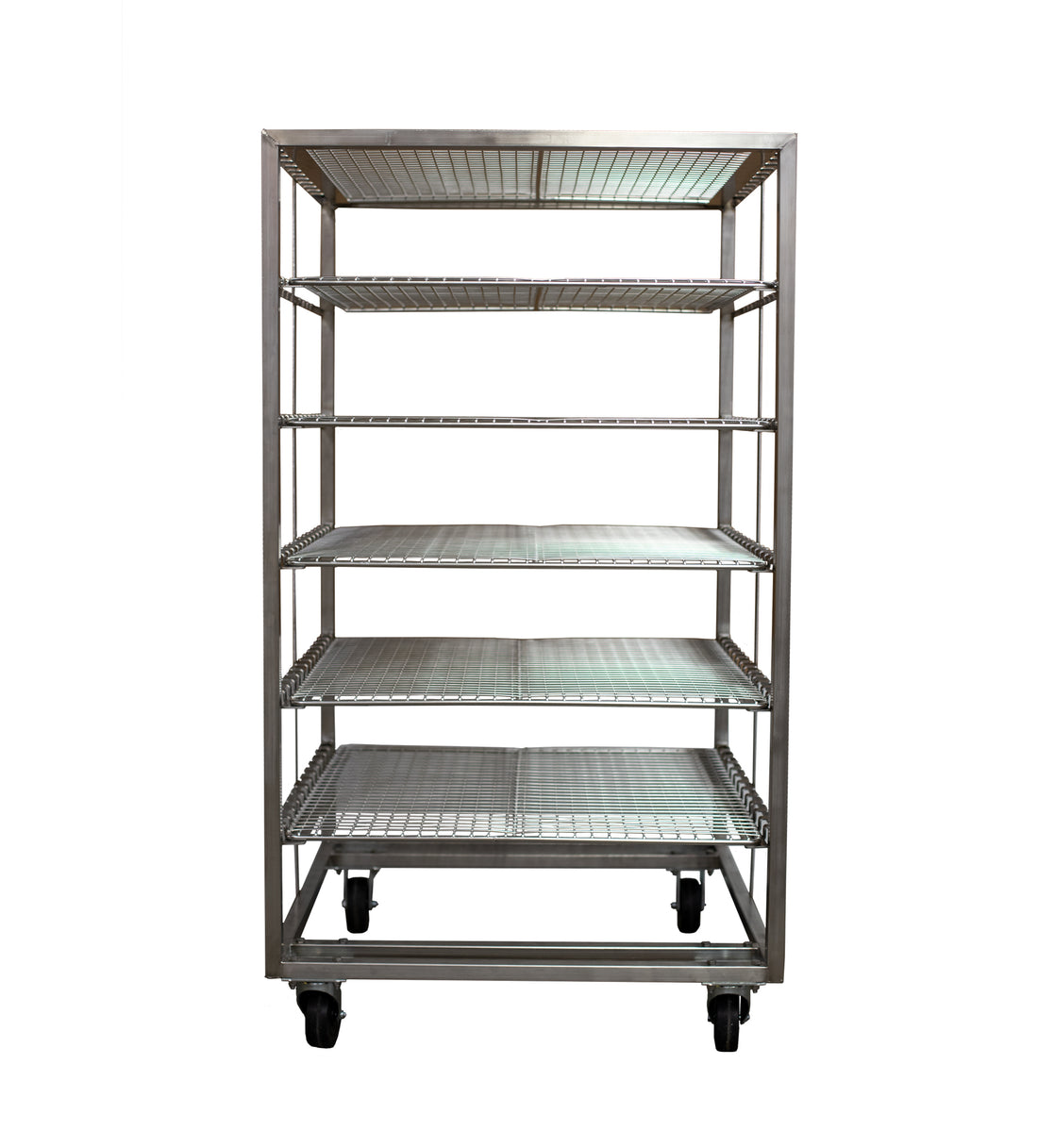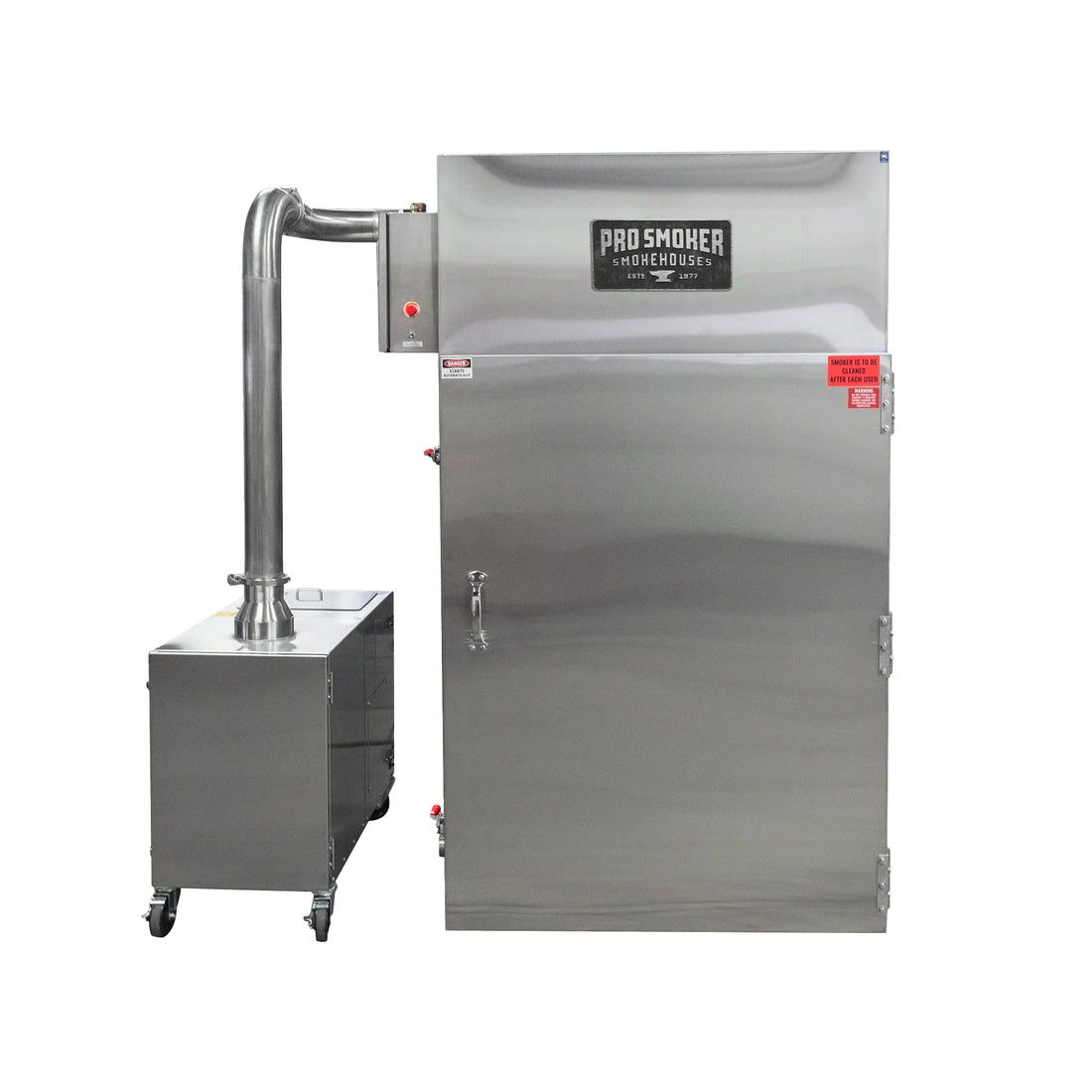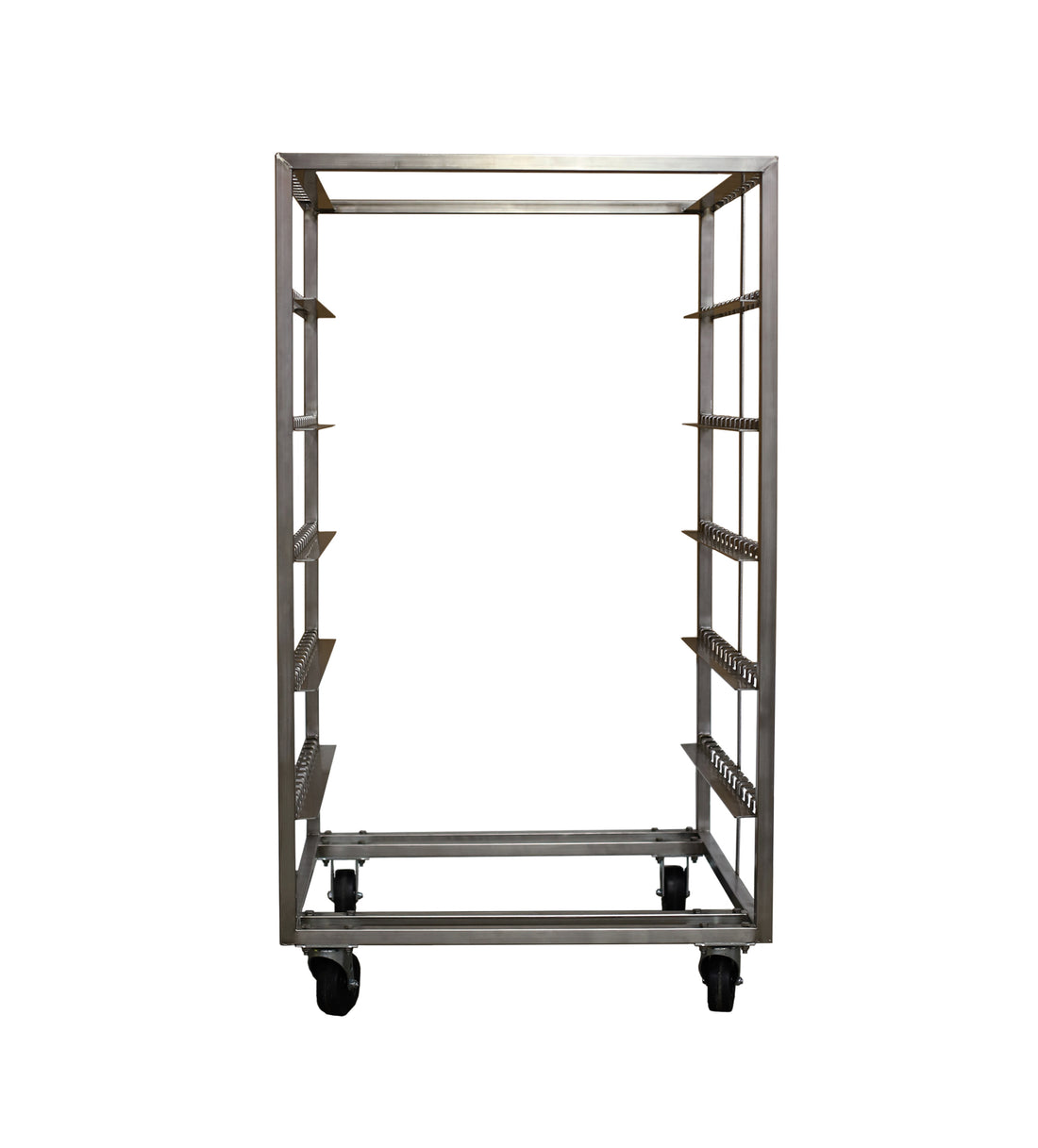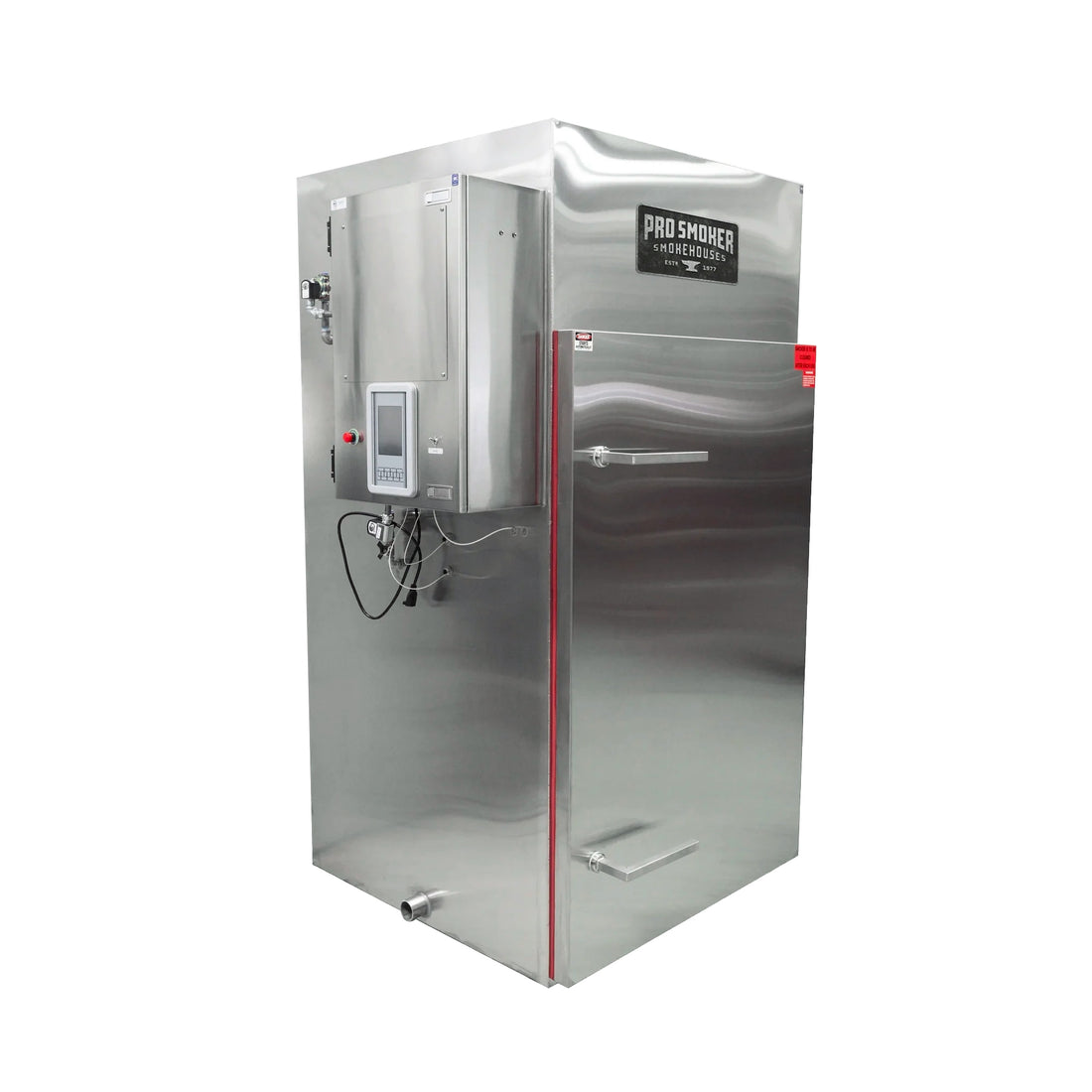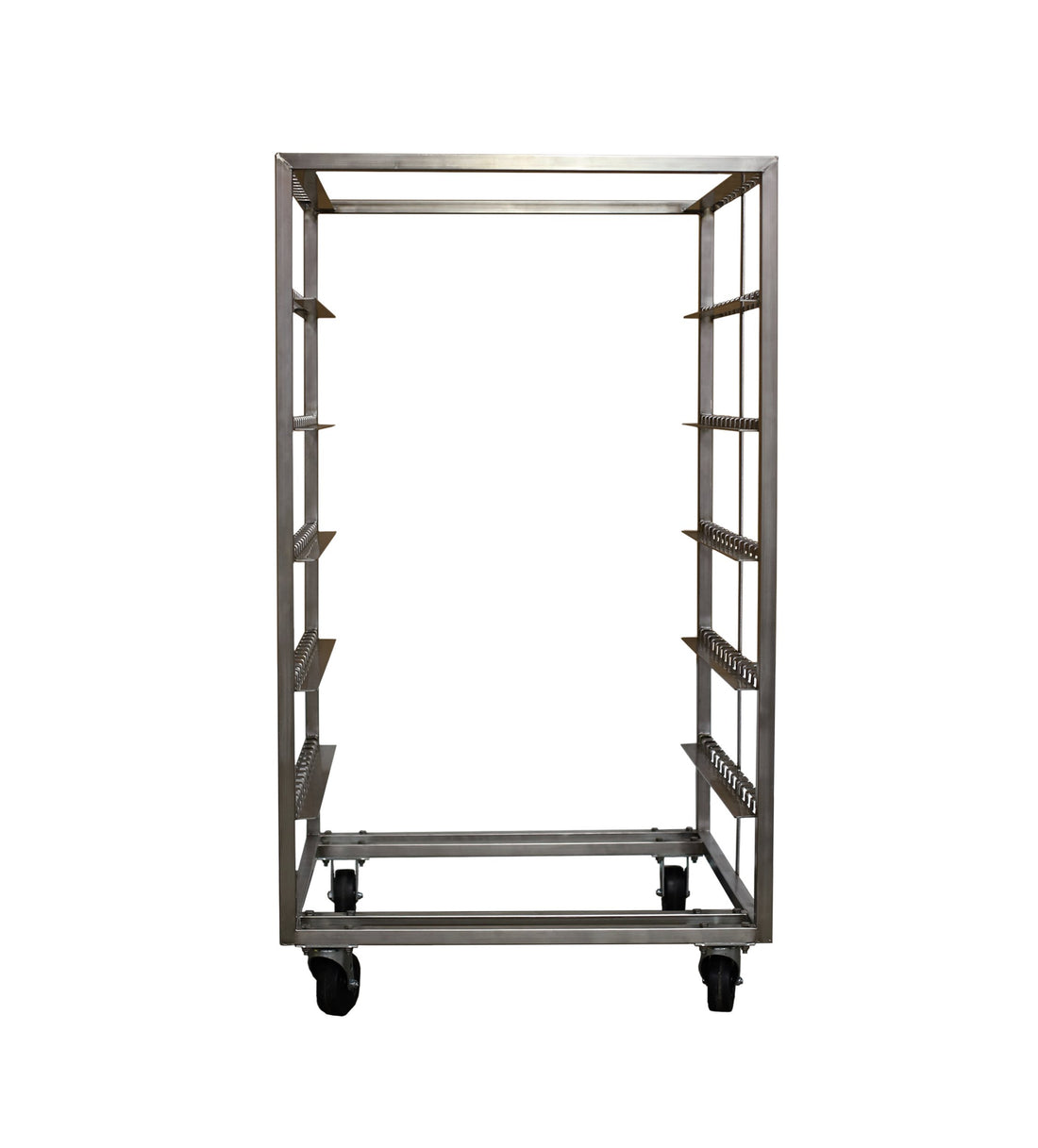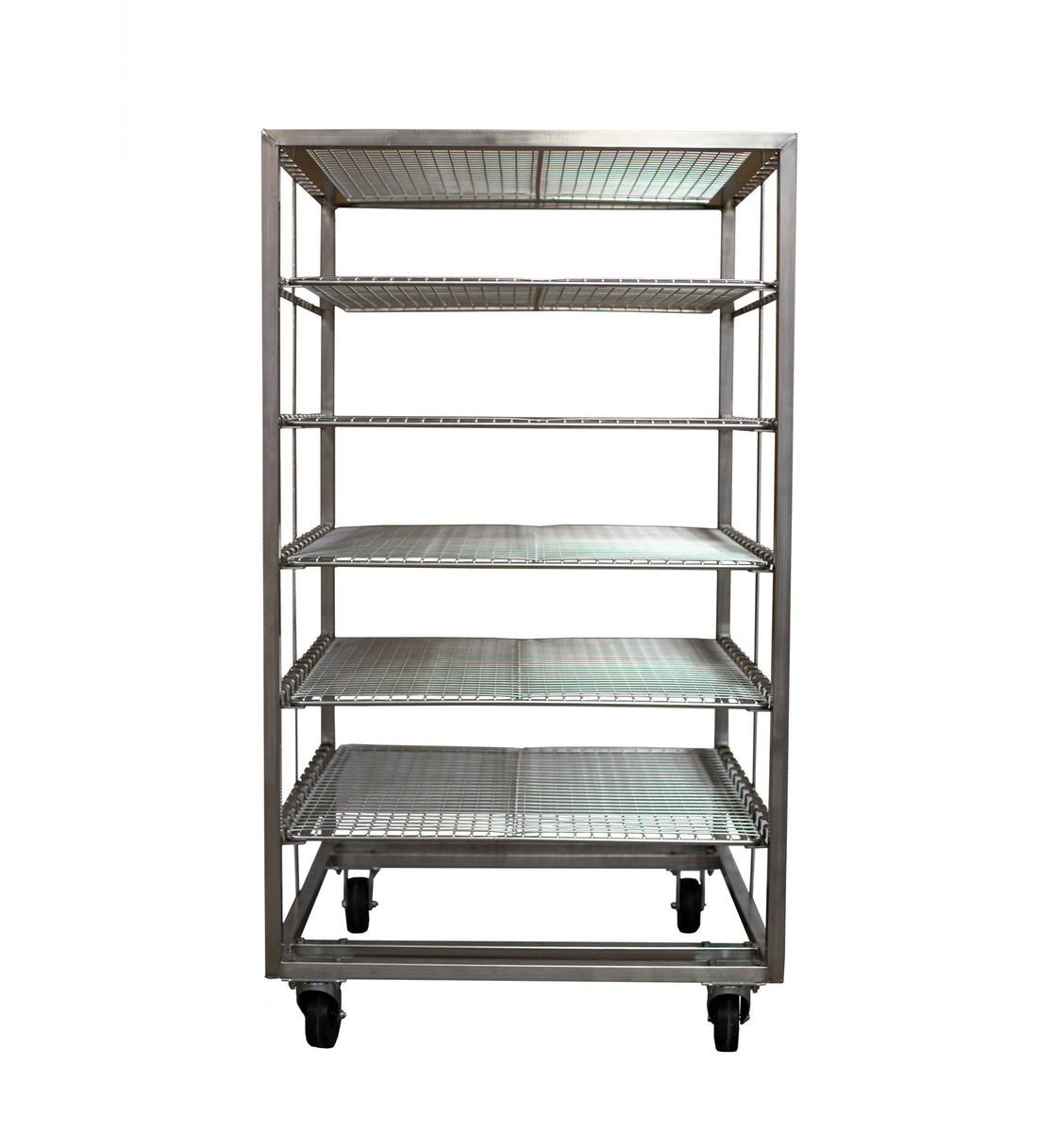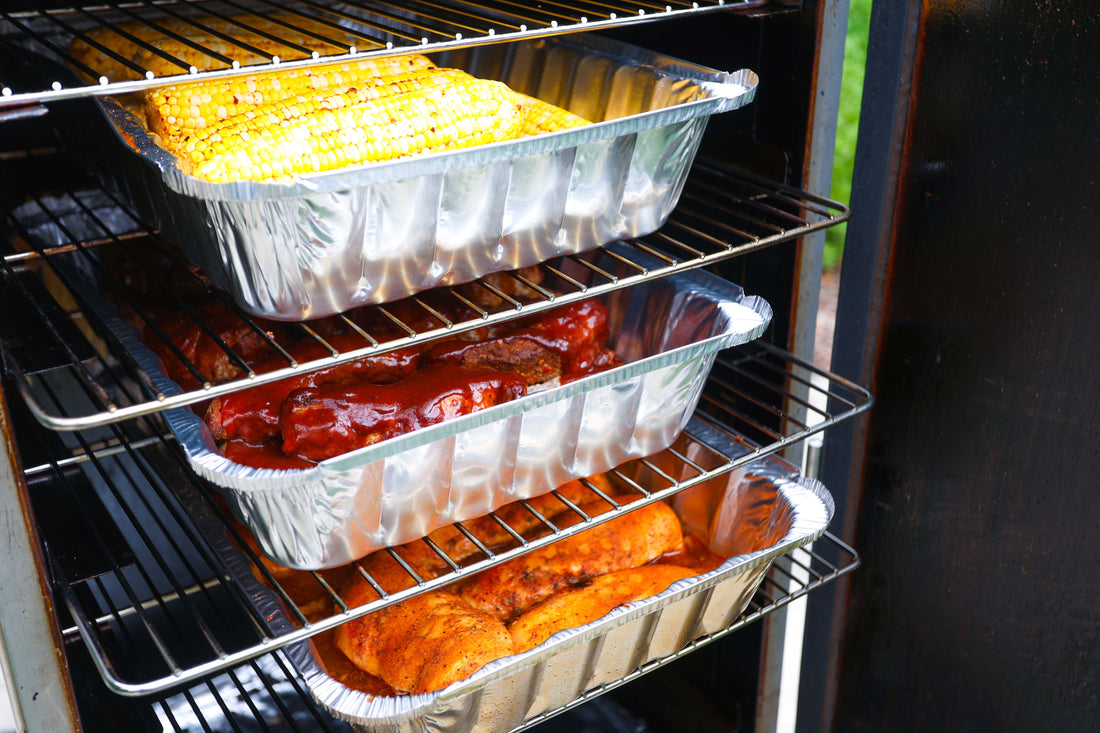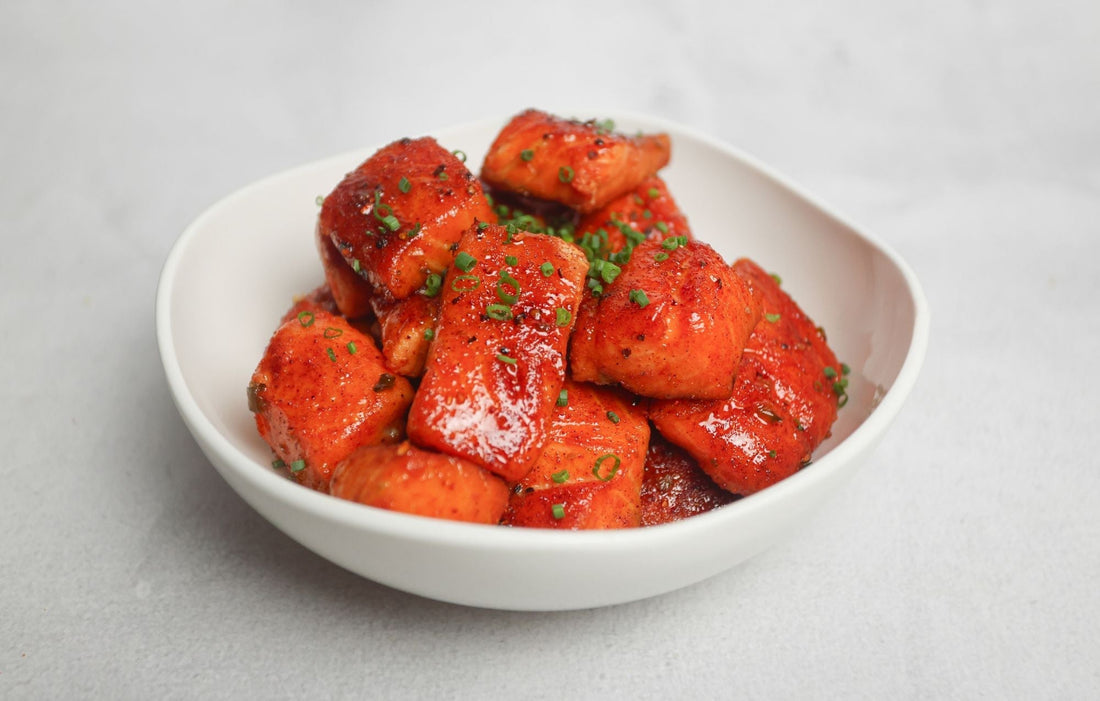
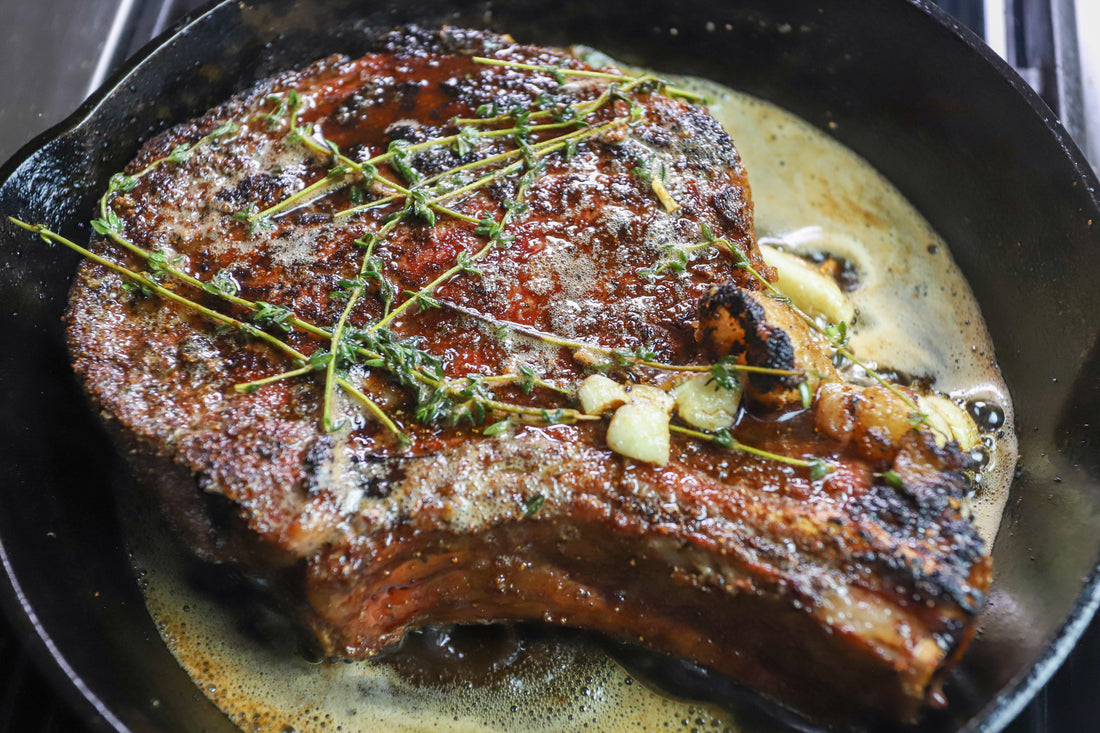
Dry Aging 101
Dry Aged Beef: Why All the Hype?
Dry aging hit the culinary scene hard in the last decade. Even though it was the way all beef was aged for hundreds of years, it fell out of style when the mass production capabilities of wet aging came along about 60 years ago. So why has dry aging suddenly come back into the scene with such force? Simple… Dry aged beef is better.
To start to understand how all this works, let’s first look at beef fresh from slaughter. Unlike smaller animals with less connective tissues, beef is quite tough immediately after slaughter. This un-aged beef is referred to as “green” beef. Although it is edible, it is not pleasant and certainly not what we have come to expect when we sit down to eat dinner. It is tough and lacks flavor. The aging process, both wet and dry, will tenderize the meat and add flavor over a few weeks or up to a few months. Aging beef allows the enzymes that occur naturally in the meat to break down and tenderize as well as build flavor within the meat.
Wet Aging
As beef became more popular over the years, manufacturers were always looking for ways to speed up processes as well as increase profits. Wet aging is a process that takes anywhere between 14-21 days, although it could go longer. With this quick turnaround, manufacturers were able to get beef from the field and onto the table much faster and more efficiently. Wet aging allows the meat to retain moisture in the form of water. This allows manufacturers to have higher yields for their product as the meat does not lose weight in the aging process compared to dry aging.
Wet aging beef is a process of vacuum sealing cuts of beef so that oxygen is removed, and juices are sealed in. The tenderization of the meat happens relatively quickly, usually around 14 days before it is tender enough for a store shelf. The difference is that the flavor does not develop as strongly compared to dry aging. The result is a steak that most people are used to. A smooth even “beef” flavor which usually is enhanced with lots of seasoning and aromatics.
Dry Aging
Dry aged beef is a much different process although the molecular breakdown is the same. The natural enzymes are going to do the work. However, for dry aging, the meat is placed in a controlled environment where it is exposed to air. The environment is at a controlled temperature to avoid bacteria growth. It is kept within a range of relative humidity (how damp the air is) also to allow a slow release of moisture from the beef. Relative humidity too low could cause excessive dryness, cracking, and poor yield. Too much humidity could allow more bacteria growth and a longer drying time.
While the enzymes are breaking down the molecules of the meat for tenderization, it is also breaking down molecules into forms that we can taste. The big one we all hear is “Umami” which in short, the prominent savory flavor we get when eating beef.
The meat does lose a lot of moisture in the dry aging process, up to 30% in cases. And although this is a loss in yield, this is a huge gain in flavor. Think of a sauce that you set on the stove for a few hours to reduce. You pull out moisture in the form of water to reduce and concentrate those flavors, so you have a beautiful rich and flavorful sauce. That is what dry aging does for beef.
In the last few years alone, we have seen a drastic increase in the availability and popularity of Dry Aged beef. Technology and availability, and a little ingenuity have made our ability to dry age beef in a safe environment much more accessible. Now, we can dry age beef at home safely. No need to wire up a fan in your beef fridge anymore. We can have local butcher quality aged beef right in our own home.
Dry Aged Beef: Why All the Hype?
Tags
Dry Aging TipsPro Flavor
Featured Smoker Recipes

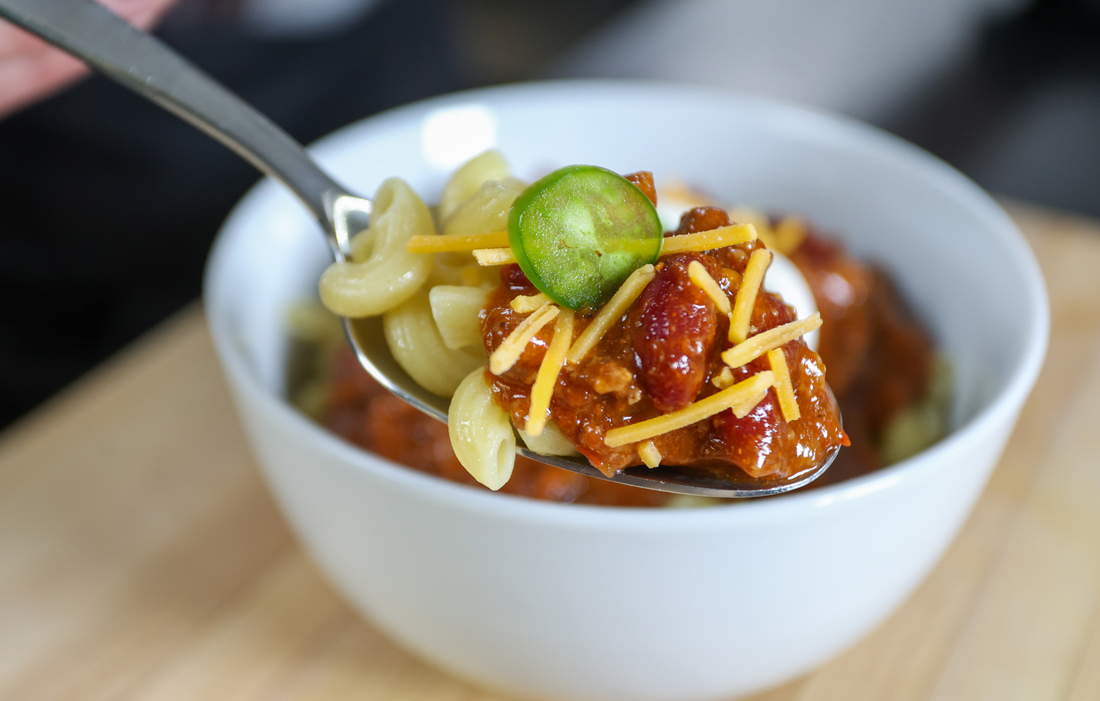
Smoked Venison Chili
